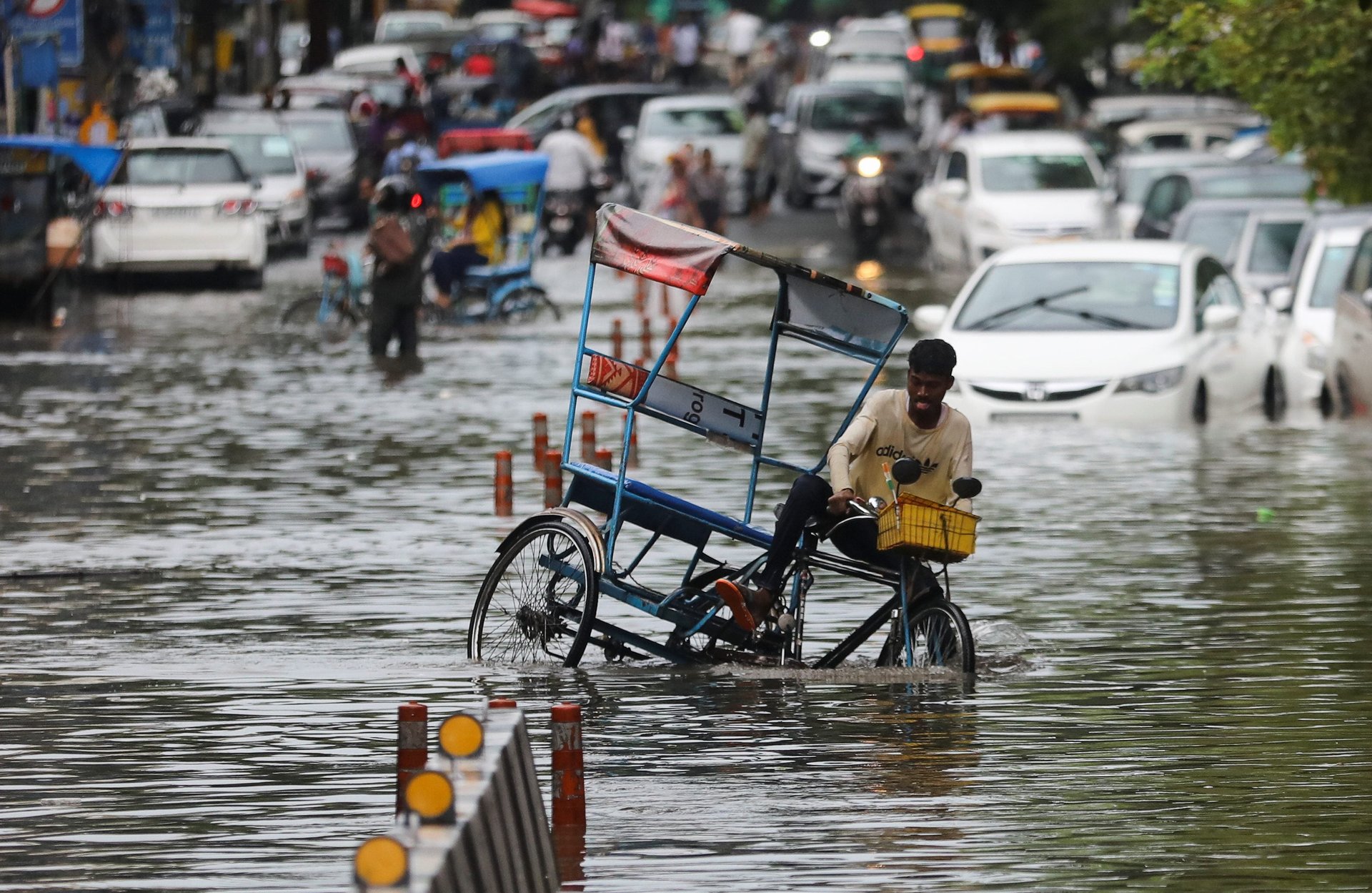Climate change has made natural disasters a seasonal phenomenon in India
Climate change is once again on everyone’s mind in India as rain wreaked havoc in several states over the past few hours.


Climate change is once again on everyone’s mind in India as rain wreaked havoc in several states over the past few hours.
While New Delhi received heavy downpour, unusual for this time of the year, there has been massive damage to human lives in the southern state of Kerala. On Oct. 17, up to 27 people, including several children, died in rain-related incidents in the birthplace of monsoon in the subcontinent.
Fash floods triggered by heavy rainfall have struck the northeastern state of Assam, too, like those that witnessed in the Himalayan state of Uttarakhand only a few months ago.
India Meteorological Department (IMD) has now issued a red alert again for Uttarakhand. It has also forecast “light to heavy” rain in states such as West Bengal, Haryana, Uttar Pradesh, and Himachal Pradesh over the next few days.
Recent weather disasters in India
In 2018, all 14 districts of Kerala were affected after once-in-a-century floods left around 400 dead. Nationwide rain-related fatalities reached 1,400. In August that year, landslides left several dead in Himachal Pradesh, another Himalayan state.
Uttarakhand residents still recall in horror the 2013 tragedy, when unusually high rains caused floods that killed over 5,000 people.
Climate change and its effects on India
In the Indian subcontinent, the southwest monsoon, a period of heavy rainfall, usually begins in the first week of June and extends up to August and September, petering out after that. A second, smaller wave of rains, often referred to as “retreating monsoon,” waters some parts of the country in October and November.
In recent years, however, this natural schedule has been messed up thoroughly as seen in the heavy downpour being experienced now in several parts of the country. The intensity of rainfall, too, has smashed conventions.
These changes have caused a huge number of deaths and lakhs of crores of rupees in financial loss, besides draining the nation’s resources.
Not surprisingly, environmentalists ominously hear climate change banging on the country’s doors.
A report by the Intergovernmental Panel on Climate Change indicated in August this year that India could face severe and irreversible impacts from climate change. Manifestations could include glacier retreat in the Himalayas, rising sea levels, intense tropical cyclones, flooding, and erratic monsoon.
Earlier this month, credit agency India Ratings raised concerns over the matter. “It has already become a reality…Reduced agricultural productivity, heightened water insecurity, extreme weather events, stressed ecosystems, and elevated health risks are some of the manifestations of this climate change,” the report said.
The country’s gross domestic product could shrink by 3% annually with every 1° Celsius rise in temperature, it said.